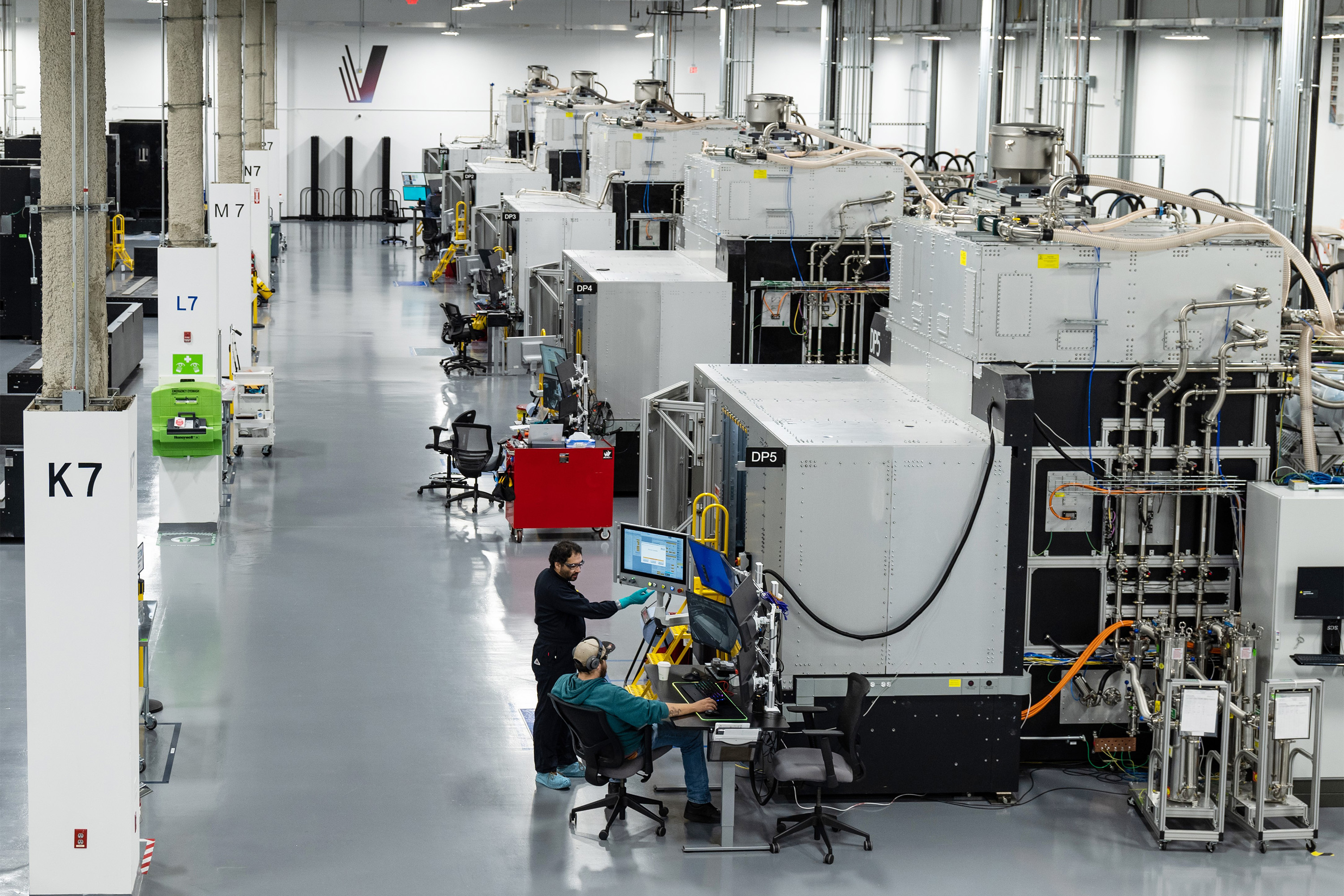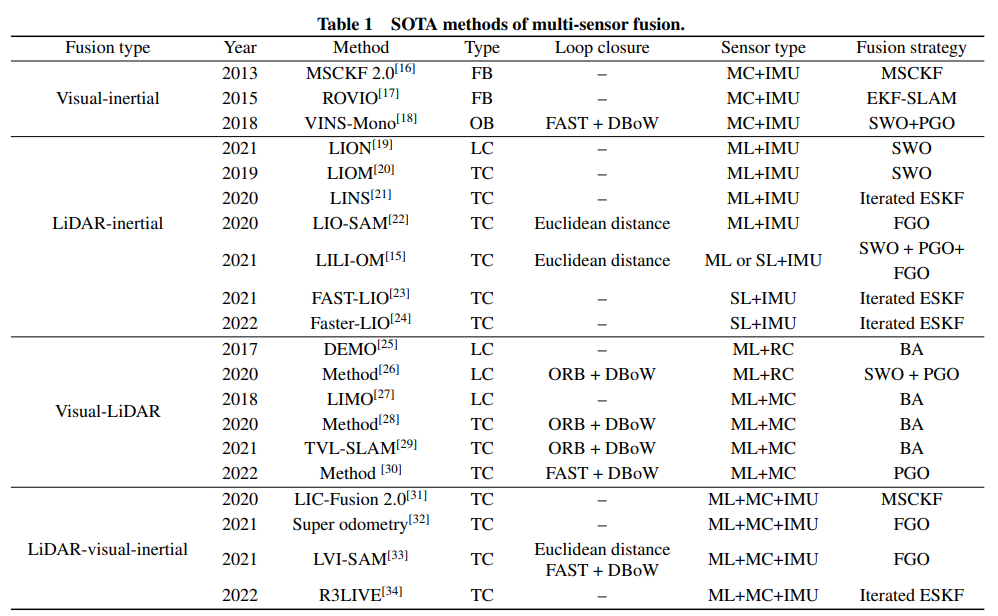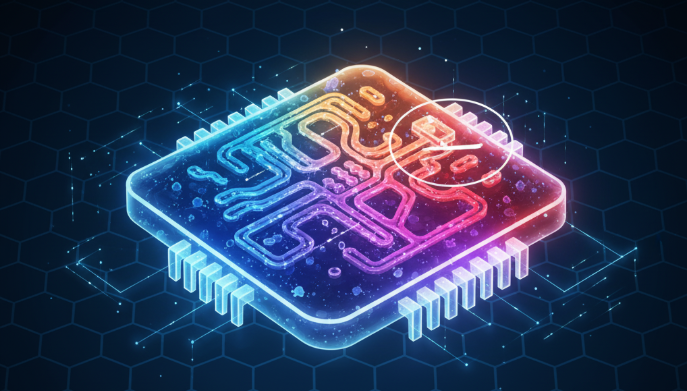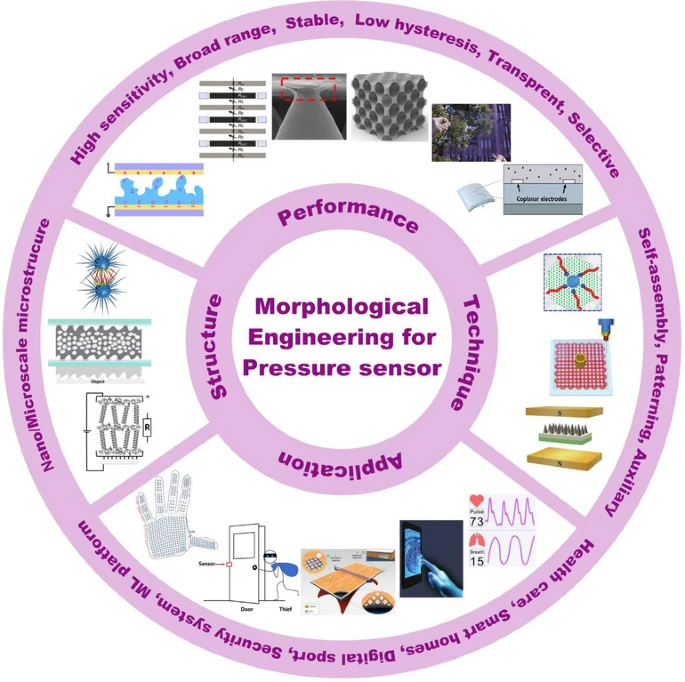Overview
The article examines the evolution of additive manufacturing, recent advances driven by artificial intelligence and new materials, and how accelerated manufacturing workflows are changing product design, engineering, and production processes.
Technical Trends and Applications
3D printing enables the production of highly complex geometries and precise internal structures that are difficult to achieve with traditional subtractive manufacturing. The integration of AI and advanced materials, together with supply chain pressures, is accelerating the technology's development. These advances have produced diverse applications, such as FAA-certified engine components printed in titanium and cartilage implants fabricated from biological materials. For engineers, this flexibility provides greater design freedom and opportunities for AI-driven optimization.
Podcast and Expert Perspectives
In the "Technology Between You and Me" podcast, Mark Beatty, founder and CEO of 3D Agility, speaks with host Raymond Yen, Mouser's director of technical content, about how additive manufacturing is changing production workflows and influencing equipment lifecycles and obsolescence strategies. Stefanie Brickwede, executive director of the Mobility goes Additive network, outlines the development of additive manufacturing, material advances, expanding application areas, the technology's core strengths, and the challenges encountered during broader adoption.
Raymond Yen said, "Additive manufacturing is not new, but its impact is accelerating. With the rise of new materials and AI, engineers can design with higher precision and face fewer constraints. This EIT installment explores how those advances are reshaping design workflows and how rapid, on-demand production can help address real-world supply chain issues."
 ALLPCB
ALLPCB







